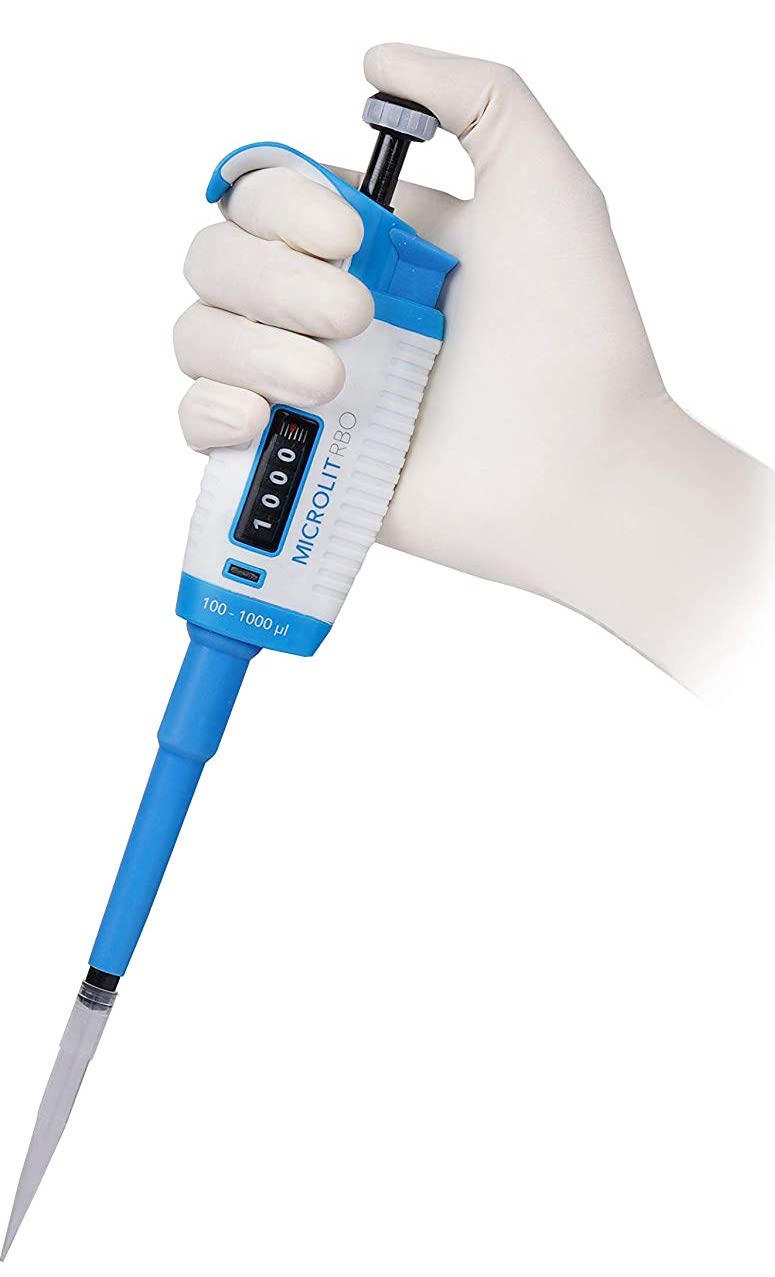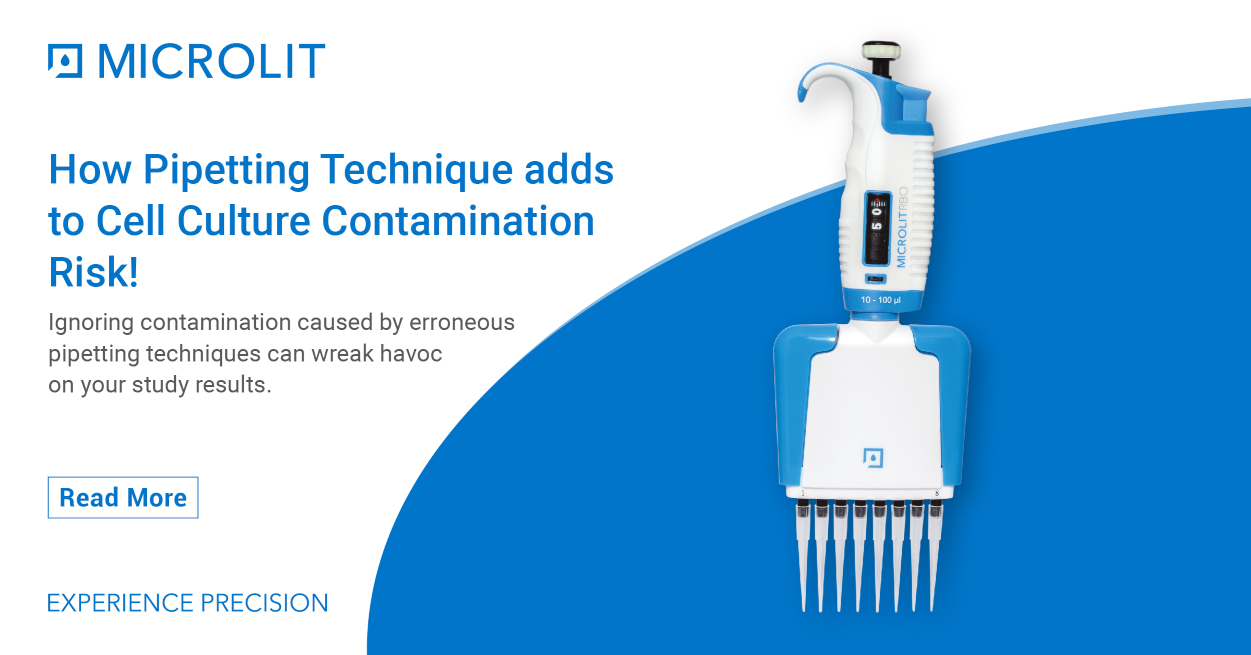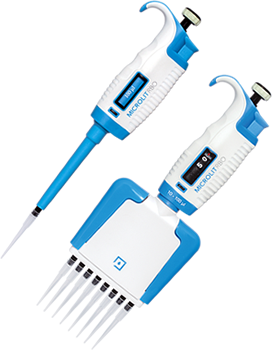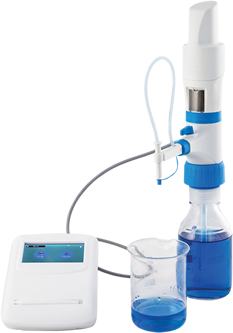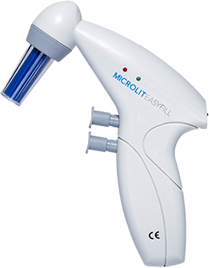You might have taken control of all the possible variables involved in your cell culture experiment, and feel assured that your study is free of any type of contamination causing agent. However, contamination caused by a pipette and its tips lurk discreetly in the corner, and are likely to be overlooked by many researchers. When scientists design various aspects of a research study, the type of pipettes, pipette tips, and pipetting techniques to be followed are seldom given any importance. However, if these variables are not given the requisite attention, they have the potential to adversely impact the outcome of your experiment.
There are basically three sources of contamination caused by pipetting applications:
- Pipette-to-sample Contamination: Sample is contaminated by the pipette or its tip.
- Sample-to-pipette Contamination: Samples enter the pipette body, thereby, contaminating the pipette.
- Sample-to-sample Contamination: Residual sample in the pipette is transferred to the next sample batch. This usually happens when tips are not replaced regularly.
In order to ensure that workflows are completely aseptic in nature, it is imperative to choose the right kinds of pipette / pipette tips, as well as follow a robust pipetting protocol.
Listed below are some pipetting guidelines that will help you to effectively mitigate the contamination risk.
- Keep your Pipettes Clean: Make sure you clean your pipettes and its tips each time before use, with 70% ethanol. If you are using any other decontamination agents, you must clean the residues with distilled water. However, you need to ensure that the pipette is resistant to any damage caused by cleaning agents. In addition, it’s important to select the pipettes having an easy-to-clean design, which can be easily disassembled by anyone. Further, using autoclavable pipettes and tips can prove to be useful in establishing contamination-free workflows.
- Maintain Tip Sterility: While autoclaving pipette tips, ensure that the autoclave is working properly, and you are following the process prudently. If you are using pre-sterilized pipette tips, you need to make sure that the manufacturer has followed a certified and validated tip sterilization process. Moreover, when using filter tips, remember not to autoclave the tips as polyethylene filters are not able to withstand the high temperatures of an autoclave. Further, pipette tips can act as a potential source of leachables (trace amounts of chemicals originating from raw materials or manufacturing equipment). To avoid sample contamination by leachables, it is recommended that you purchase high quality virgin polypropylene tips manufactured in a certified facility.
- Be Cautious while Dispensing Multiple Samples: When you are multi-dispensing, there is a high chance that the tips are carrying over contamination from the previous sample if not replaced. Make sure that you change the tip when dispensing every new sample.
- Use Safe-cone Filters or Filter Tips: In addition to minimizing the risk of contamination, safe-cone filters play a crucial role in protecting the pipette’s surface from volatile liquids. However, it is essential that you replace the filters after 50 or more pipetting applications. Select the filter tips that allow for adequate space between sample and the filter.
- Use Long Tips Wherever Possible: If you choose long pipette tips that are able to touch the bottom of the sample vessel, the pipette would not come in contact with it, thereby, significantly minimizing the risk of contamination. Long pipette tips cannot be used in all experiments, however, should be used wherever appropriate.
- Choose Air-tight Tip Wrapping: While storing pipette tips, make sure you use the air and watertight tip rack wrapping. This helps to keep the contaminants out during storage. In addition, take off the wrapping just before you have to place the tip rack inside the laminar air flow chamber.
- Assess Pipette Tip Sterility Standards: Pipette tips should always adhere to certain regulatory standards which you can evaluate through quality assurance certification. You must ensure that the standards are suitable for your experimental needs.
- Prevent Splashing: Contamination can also occur as a result of splashing of liquid samples while pipetting. You can avoid this by pipetting slowly or with a constant pace, especially in case of viscous liquids. When using an electronic pipette, make sure you are operating it in a slow speed setting.
- Restrict Movement of Pipettes: Moving pipettes from one lab to another is also a common source of contamination and should be avoided at all costs. In addition, make sure to mark your pipettes, especially in areas / workflows prone to high contamination risks.
- Use Stands for Storage: Always use stands to store your pipettes in order to prevent any unwanted spillage and protect them from contaminants present on the working surface. Stands also keep your pipettes from dropping and breaking, thus keeping them intact, and in the right working condition.
Concluding Remarks
In order to achieve reliable lab results, it is paramount that you get rid of all potential contamination sources, including pipetting based hazards. First step is to identify such contamination mechanisms, and then evaluate how to eradicate them effectively. Many contamination agents can be eliminated by wiping with ethanol or rinsing with distilled water. In other scenarios, autoclaving of pipettes / tips should be performed to establish higher sterility standards.
If you seek assistance in choosing the perfect pipette for your lab, get in touch with us at info-usa@microlit.com.
